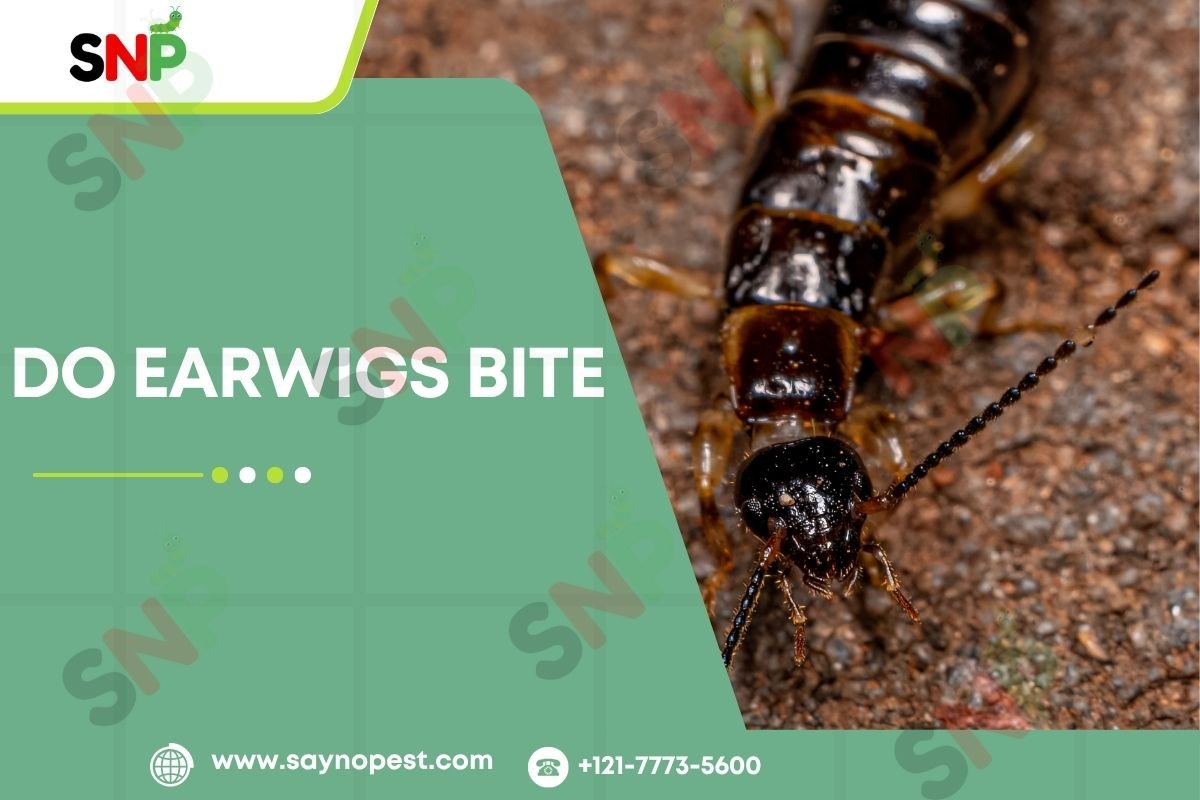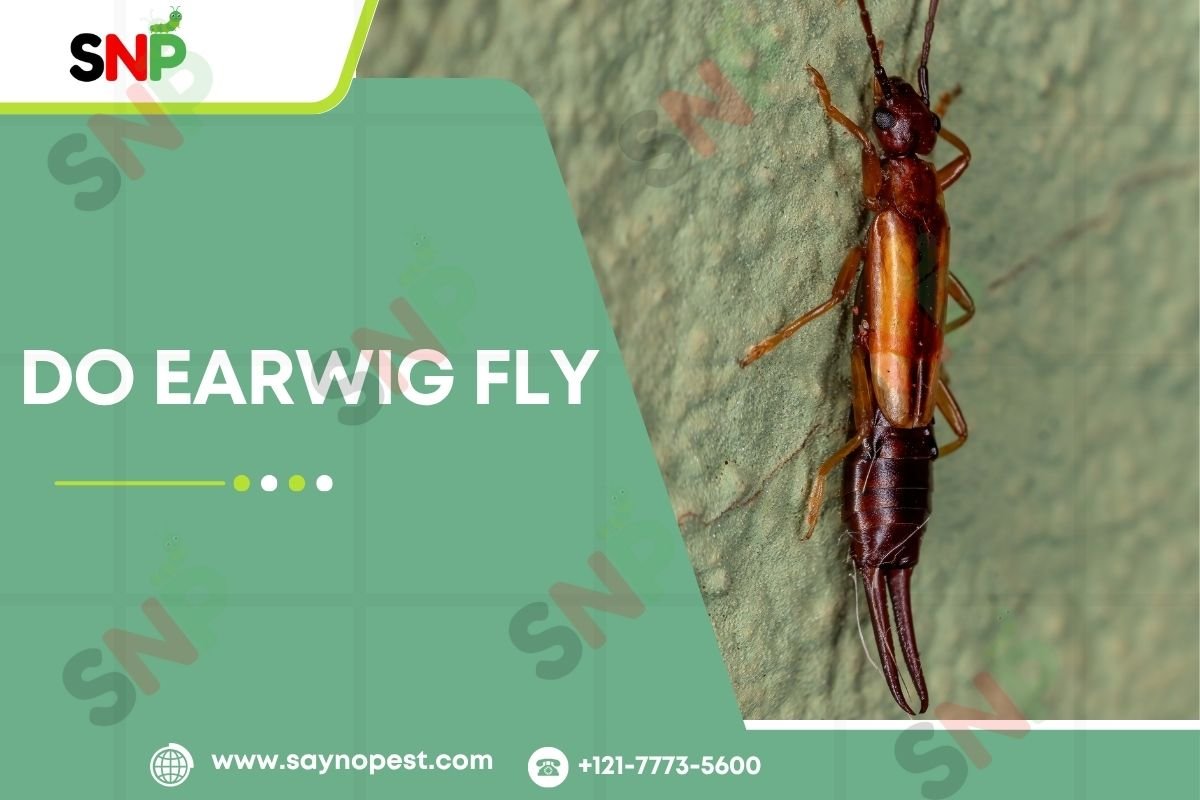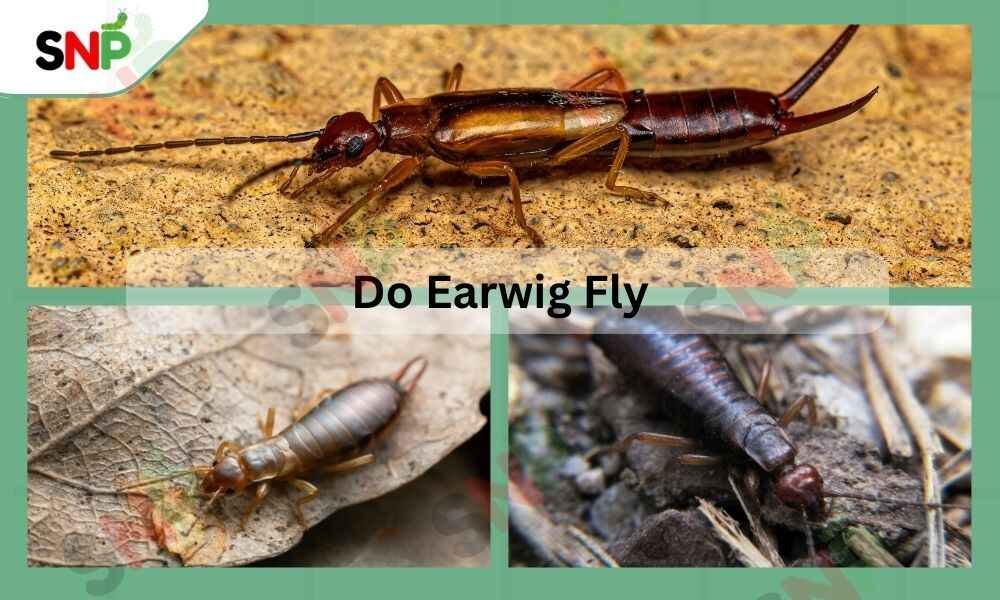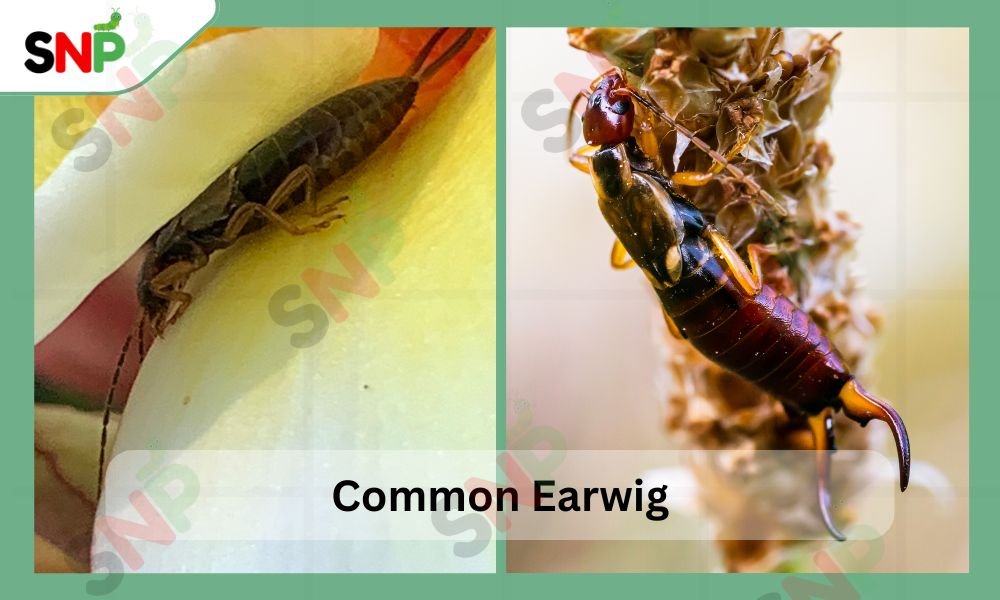If you have at any time seen an earwig running over the floor with its scary pincers raised you probably have asked yourself a question: “do earwigs bite?”. This is one the top questions that are most often ask by homeowners to us, about these unknown and mysterious creatures. We should examine the whole truth about earwig bites and thus uncover the lies from the facts.
Do Earwigs Actually Bite Humans?
In brief, Do earwigs bite people, but such instances are quite rare. Most of the specialists come to a common conclusion that an earwig is not a dangerous species for humans and that it is very hardly ever that one can get bitten, these cases are mainly when the insect is not given space to get away or when it is being attacked.
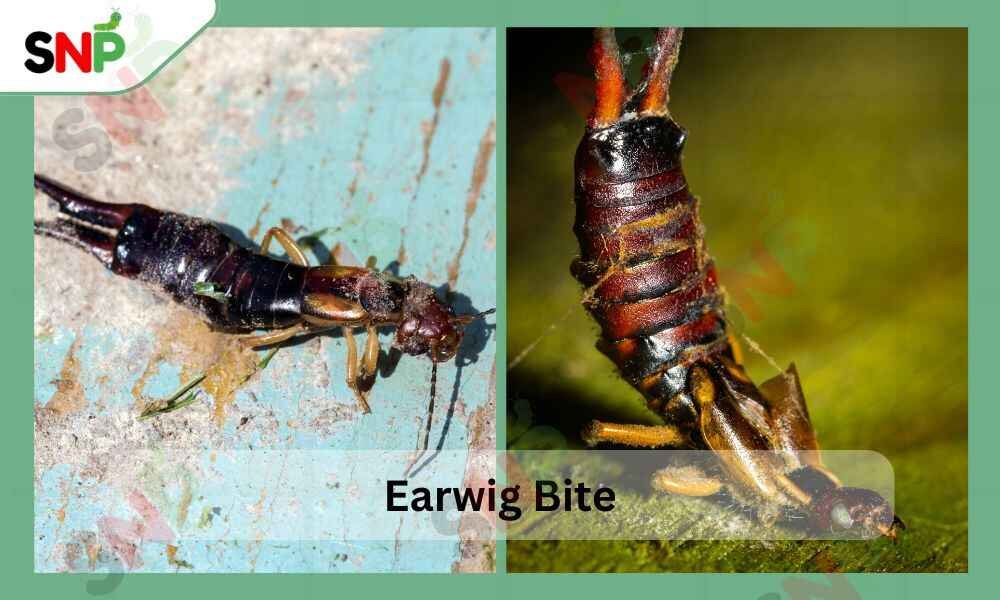
Pinching vs. Biting
Therefore, one should not misled into thinking that earwigs “bite” in the normal meaning of the word. On the other hand, they similarly operate their pincer-like limbs as if they were biting when they feel threatened. The main function of their pincers is as the defensive aspect of the primary body.
In such a case, it can assumed that most probably the earwig would try to grasp your skin as if it would like to keep it instead of giving a fast bite because the pinch is the best part of the skin that can receive a quick bite, thus it would be more expedient for the animal to hold the pinch than to bite it. The pain caused by the pinch would be like a scratch, and in most instances, it would not even get to the extent of breaking the skin.
Earwig Bite Symptoms and Appearance
If you want to understand Do Earwigs Bite this guide will help you to understand. In case the earwig has managed to pinch you, this is what you will most probably notice.
Common Symptoms
- Two separate red marks on the skin, placed a little distance apart because of the two bite
- The sensation of slight pain or discomfort as if you were given a small pinch
- Redness and swelling at the bite area
- Less bleeding
When to Be Concerned
In most cases, earwigs heal quickly without medical intervention. But it is important to consult a doctor and seek medical help if they bite you.
- A strong allergic reaction, such as very hard breathing or hives
- Symptoms of infection, like redness, swelling, etc
- Regular pain or swelling that becomes serious after time has passed
Fascinating Facts About Earwig Behavior
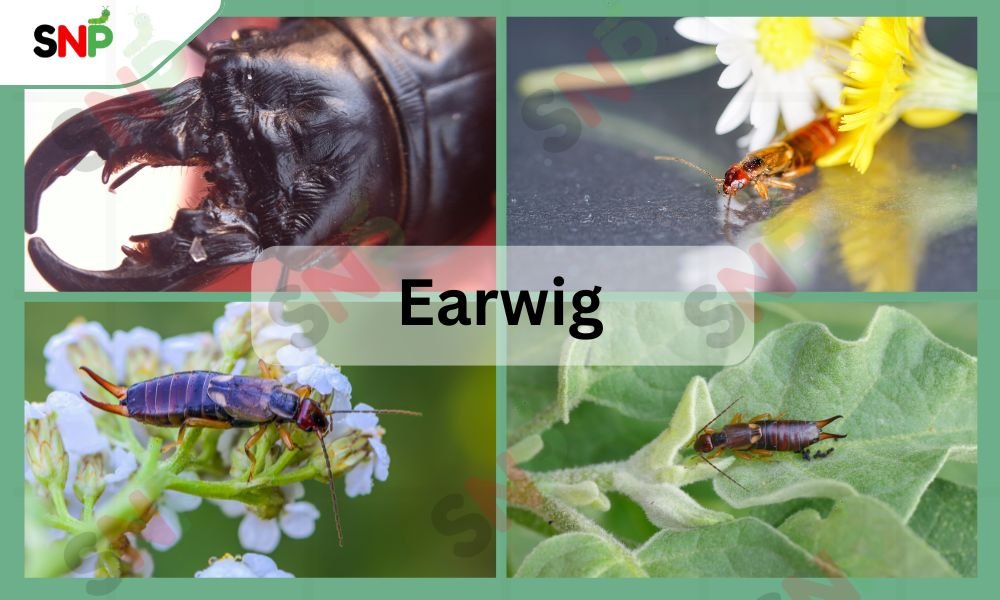
Maternal Care
One of the most amazing and lesser-known facts about earwigs is their exceptional maternal care. Female European earwigs are certainly the only insects that have got a plan and definitely understand that the main purpose of their life is to look after their eggs and young nymphs. To “lick” through the eggs thus keeping them moist and free from mold, mothers will do so and they will also energetically defend their brood to no one but themselves against those who want to catch it, even males who might be the ones to eat the eggs, apart from the predators.
Defensive Secretions
If an earwig is in danger, it will be highly likely that it would be among those species of earwigs that can emit highly unpleasant-smelling secretions from the glands that are located in the abdomen at the distance of 3.9 inches. The secretions thus obtained have benzoquinone substances that serve as a double purpose to them: they not only make predators give up the chase but also protect them from microbial infections thus effectively cleaning up the place. It is also quite funny that these secretions can momentarily stain human skin blue because of their quinone content.
Social Behavior
In other words, it is time to dispel the myth that European earwigs are solitary creatures; in fact, they are very social animals and prefer living in numbers, i.e. large groups consisting of hundreds of individuals. The most recent studies indicate that earwigs that have grown up in groups are likely to anxious about being alone as adults, and the opposite is true for those that have taken from groups: they become stress and more prone to getting fungal infections.
Are Earwigs Beneficial or Harmful?
The Good Side
Earwigs are of great use in natural pest control. They are great hunters of aphids, insect eggs, and other soft-bodied pests. A study at Washington State University has found that earwig is a natural enemy in apple orchards, that is, if an orchard is infest with pests it is going to be necessary to use less insecticides and that populations of aphids are going to be heavily depress by earwigs.
Potential Damage
They may be good as predators, but earwigs can also be the source of the following problems:
- Soft, baby seedlings and young plants
- Soft fruits like strawberries, raspberries
- Corn silks, thus, pollination may be affected
- Flowers like dahlias
Conclusion
Although the term sounds foreign to many, what puzzles most people about earwigs is do earwigs bite?. It may not, at first glance, appear to be a difficult answer, but in actuality, the notion of a pincer pinch is not what one would imagine when considering being bitten. These amazing insects are mostly non-harmful to humans and are usually helpful with natural pest control.
The main conclusion is that earwigs are rather harmless to people. They are predominantly feared and overlooked by the significant amenity they do to the environment, and their reputation is unduly harmed by the lingering nature of the myths that they crawl into ears and eat brains. The knowledge of facts about earwigs would assist us in better understanding the fantastic insects and take responsible measures at times when required.
In case you find the earwigs at your home, do not treat them with fear but rather with moisture controls and exclusion. Keep in mind that one pinch by the earwig is nothing as compared to the pest issues that these insects keep at bay in your garden.
